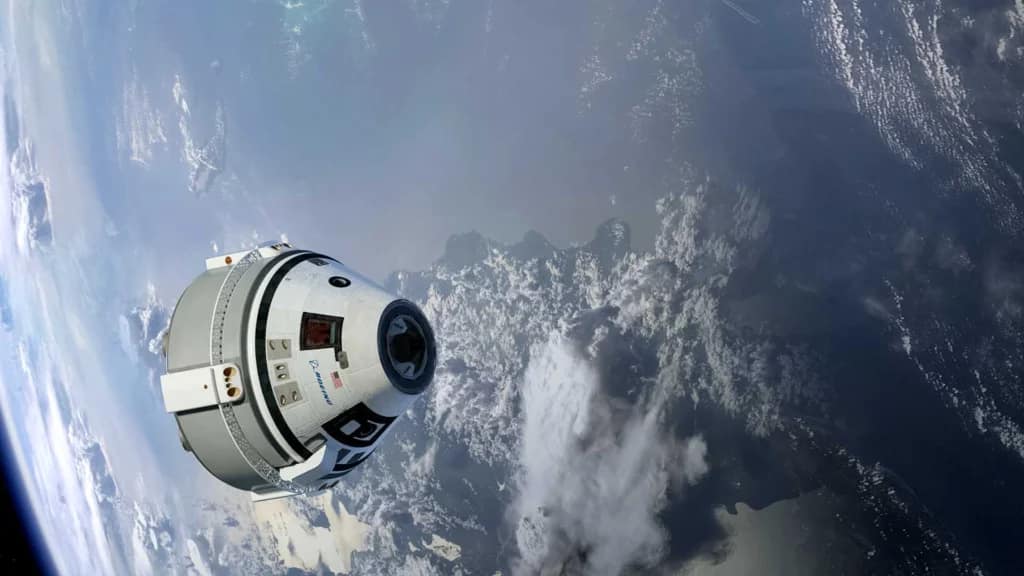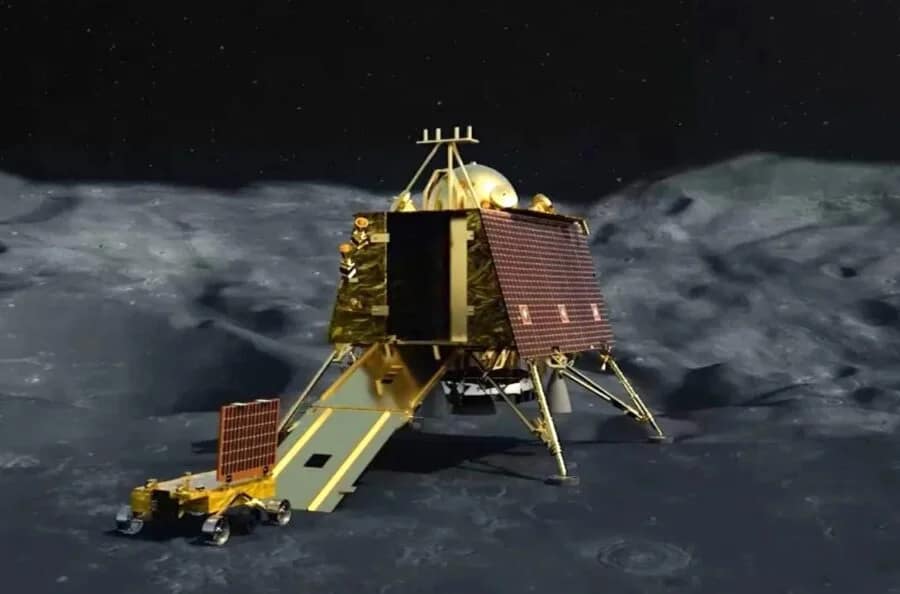In a major development, the Indian Space Research Organization (ISRO) has announced significant findings from its successful Chandrayaan-3 mission. The mission has yielded groundbreaking results, including the confirmation of the presence of sulfur and oxygen on the moon’s surface, marking a significant milestone in lunar exploration.
ISRO revealed that the confirmation of these vital elements was made possible through the Pragyan Rover’s laser-induced breakdown spectroscope. This instrument enabled the first-ever in-situ measurements of lunar surface composition, providing invaluable insights into the moon’s chemical makeup.
Pragyan Rover Confirms Oxygen
The spectroscopic analysis conducted by the rover has not only confirmed the presence of sulfur and oxygen but has also detected a range of other elements, including aluminum, calcium, ferrous (iron), chromium, titanium, manganese, silicon, and potentially hydrogen. This comprehensive analysis represents a significant step forward in our understanding of the moon’s composition and its potential resources.
One of the most noteworthy findings is the presence of oxygen on the moon. Oxygen is a critical element for future lunar missions and potential lunar bases, as it can be used for life support and to create breathable air. This discovery opens up exciting possibilities for future lunar exploration and colonization efforts.
The location of these findings is particularly intriguing. The sulfur and oxygen were detected near the moon’s South Pole, in the vicinity of where the Vikram Lander from the Chandrayaan-2 mission had attempted to land. This area has long been of interest to scientists due to its unique characteristics and potential for harboring resources.
In addition to sulfur and oxygen, the rover’s spectroscope identified a range of other elements that contribute to a more comprehensive understanding of the moon’s composition. Aluminum, calcium, ferrous (iron), chromium, titanium, manganese, silicon, and potentially hydrogen were all detected, shedding light on the diverse nature of lunar surface materials.
The discovery of aluminum is particularly significant, as it is a versatile material with potential applications in future lunar construction projects. Calcium and iron are essential for various industrial processes, and their presence on the moon may have implications for future resource utilization.
Chromium and titanium are known for their strength and resistance to corrosion, making them valuable materials for spacecraft and equipment that must endure harsh lunar conditions. Manganese and silicon are essential elements with various applications, from electronics to metallurgy.
The ongoing search for hydrogen on the moon is of great interest, as hydrogen is a crucial component for potential fuel production and energy generation for lunar missions. Preliminary analysis has hinted at the presence of hydrogen, and further investigation is underway to confirm this finding.
ISRO’s Chandrayaan-3 mission represents a significant achievement for India’s space program and for lunar exploration as a whole. The successful deployment of the Pragyan Rover and its advanced instrumentation has provided a wealth of data that will fuel scientific research for years to come.
The confirmation of sulfur and oxygen on the moon’s surface, along with the detection of other important elements, has far-reaching implications. It not only enhances our understanding of lunar geology and chemistry but also paves the way for future lunar missions with a focus on resource utilization and potential human presence on the moon.
These findings are a testament to the dedication and expertise of ISRO’s scientists and engineers, who continue to push the boundaries of space exploration. As we look to the future, the moon may play a central role in humanity’s exploration of space and the pursuit of scientific knowledge and resource utilization beyond Earth.
In conclusion, ISRO’s Chandrayaan-3 mission has delivered groundbreaking results, confirming the presence of sulfur and oxygen on the moon’s surface and detecting a range of other essential elements. These findings open up new possibilities for lunar exploration, resource utilization, and potential human missions to the moon. As the search for hydrogen continues, we eagerly await further discoveries that will shape the future of lunar exploration and our understanding of Earth’s celestial neighbor.




